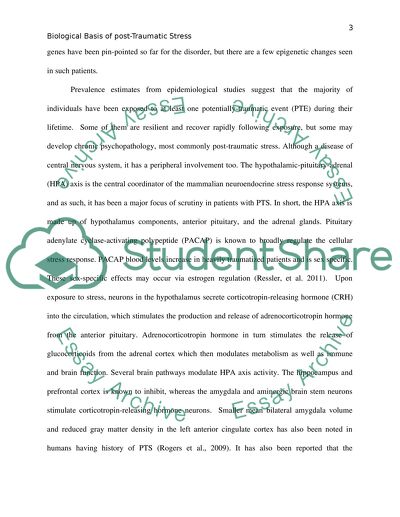Cite this document
(“Biological Basis of Post-Traumatic Stress Essay”, n.d.)
Biological Basis of Post-Traumatic Stress Essay. Retrieved from https://studentshare.org/psychology/1444614-biological-basis-of-post-traumatic-stress
Biological Basis of Post-Traumatic Stress Essay. Retrieved from https://studentshare.org/psychology/1444614-biological-basis-of-post-traumatic-stress
(Biological Basis of Post-Traumatic Stress Essay)
Biological Basis of Post-Traumatic Stress Essay. https://studentshare.org/psychology/1444614-biological-basis-of-post-traumatic-stress.
Biological Basis of Post-Traumatic Stress Essay. https://studentshare.org/psychology/1444614-biological-basis-of-post-traumatic-stress.
“Biological Basis of Post-Traumatic Stress Essay”, n.d. https://studentshare.org/psychology/1444614-biological-basis-of-post-traumatic-stress.


